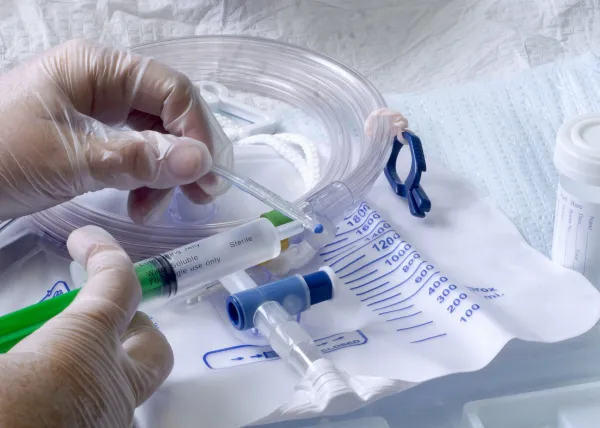Anesthesia Coding Alert
Diagnosis Coding:
Strengthen Osteoarthritis Coding by Getting Back to Basics
Published on Fri Jun 10, 2022

You’ve reached your limit of free articles. Already a subscriber? Log in.
Not a subscriber? Subscribe today to continue reading this article. Plus, you’ll get:
- Simple explanations of current healthcare regulations and payer programs
- Real-world reporting scenarios solved by our expert coders
- Industry news, such as MAC and RAC activities, the OIG Work Plan, and CERT reports
- Instant access to every article ever published in Revenue Cycle Insider
- 6 annual AAPC-approved CEUs
- The latest updates for CPT®, ICD-10-CM, HCPCS Level II, NCCI edits, modifiers, compliance, technology, practice management, and more
Related Articles
Other Articles in this issue of
Anesthesia Coding Alert
- Physician Service:
Make Every Minute Count When Determining Medical Direction vs. Supervision
Hint: Keep all your clocks in sync to ensure your times match. When providing anesthesia [...] - Diagnosis Coding:
Strengthen Osteoarthritis Coding by Getting Back to Basics
Best starting point: Pinpoint the type. Osteoarthritis, diagnosis coding, pain management, polyosteoarthritis, primary osteoarthritis, secondary [...] - Reimbursement:
Want to Make More Money? Negotiate Your Payer Contracts
Commercial insurance has changed – which means your rates should, too. Reimbursement, payer contract, contract [...] - You Be the Coder:
Pay Attention to Descriptors for Quantity Clues
Question: Our physician uses anywhere from 2-4 mg of midazolam during cases. He recently submitted a [...] - Reader Questions:
Hit the 10-Minute Mark Before Submitting 99152
Question: How long does our physician’s intraservice time need to be before we can bill 99152? [...] - Reader Questions:
Narrow Your SPANK Block Choices to 64450
Question: I’m having trouble deciding the best code for a SPANK (sensory posterior articular nerve of [...] - Reader Questions:
Include Modifier GC on Teaching Physician Claims
Question: When a resident assists a physician in a teaching hospital, do we need to add [...] - Reader Questions:
Subsequent Care Codes Cover Pre-Anesthesia Exam
Question: An anesthesiologist at our facility spent about 20 minutes on the pre-anesthesia exam, then the [...] - Reader Questions:
See Why Ongoing Lumbar Drain Check Could Lead to E/M Codes
Question: The physician inserted a lumbar drain and wants to leave it in place for several [...]
View All




